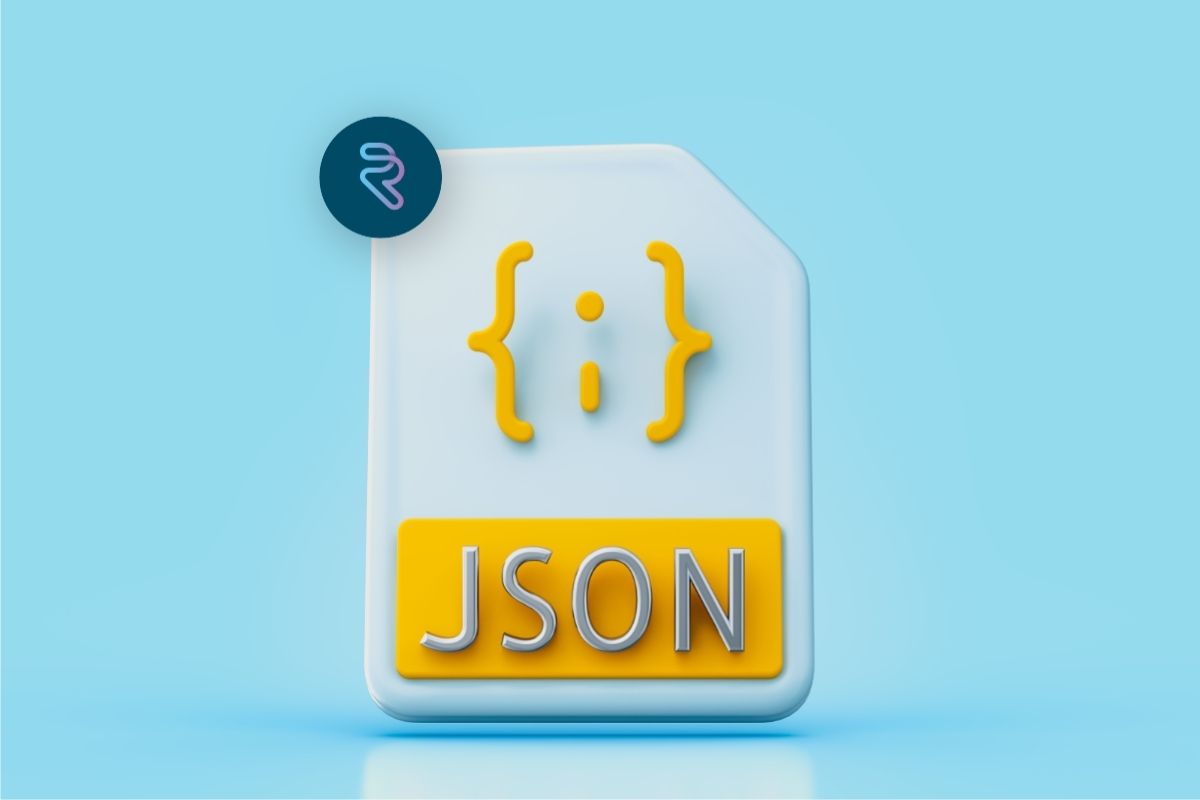Cem Kütük
Process management in companies is a strategic approach to enhance operational efficiency, quality, and customer satisfaction. Well-structured process management ensures the regular monitoring, analysis, and improvement of business processes. Here are the essential steps and principles for effective process management in companies:
Process Definition and Documentation
a. Process Mapping:
- Create Process Maps. Visualize all steps and their interrelations from the beginning to the end of business processes.
- Process maps facilitate better understanding and improvement of processes.
b. Standard Operating Procedures (SOP):
- Develop SOPs for each process. These documents detail how processes should be carried out and establish standards.
Process Ownership and Responsibility
- Assign Process Owners. Designate a responsible person for each process. These individuals should be accountable for the performance and continuous improvement of the processes.
Performance Indicators (KPIs) and Targets
- Establish Critical Performance Indicators (KPIs) for each process. These indicators are used to measure how well the processes are functioning.
- Set targets and regularly evaluate process performance against these targets.
Data Collection and Monitoring
- Regularly collect data to monitor process performance. This data is used to evaluate the efficiency and effectiveness of processes.
- Analyze and report process data using monitoring systems and analytical tools.
Continuous Improvement
- Adopt a culture of Continuous Improvement. Encourage employees to participate in process improvement and consider their suggestions.
- Use improvement methodologies like Kaizen, Lean, and Six Sigma.
Training and Development
- Provide regular training to employees. Ensure they understand how processes work, how to improve them, and what the best practices are.
- Enhance employee skills through competency development programs.
Communication and Collaboration
- Foster an environment of effective communication and collaboration. Ensure all departments are informed about processes and collaborate effectively.
- Establish feedback mechanisms to encourage employees to provide feedback on processes.
Technology and Digitization
- Improve processes by utilizing technology. Automate and digitize processes using software such as ERP, CRM, and BPM.
- Analyze and improve process performance using advanced technologies like data analytics and artificial intelligence.
Risk Management
- Identify potential risks in processes and develop risk management strategies.
- Take proactive measures to ensure processes run smoothly and securely.
Reporting and Evaluation
- Regularly create reports to evaluate process performance. These reports provide information about the status of processes to managers and process owners.
- Conduct audits to verify that processes are working according to established standards.
Customer Focus
- Consider customer needs and expectations in the design and improvement of processes.
- Regularly gather customer feedback and optimize processes based on this feedback.
These steps and principles help companies to effectively manage and continuously improve their process management. This makes businesses more efficient, competitive, and customer-focused. For companies looking to increase operational efficiency by digitizing business processes, the No Code Application Development Platform RIVER is an ideal solution. RIVER offers companies of all sectors and scales the opportunity to digitalize their BPM needs with custom designs without writing code. Its user-friendly interface, rich components, flexible structure, and drag-and-drop technology allow for easy and quick business process designs.
No Code Application Development Platform RIVER allows you to optimize and manage business processes quickly, easily, and securely on a single platform.
Share
Blog











